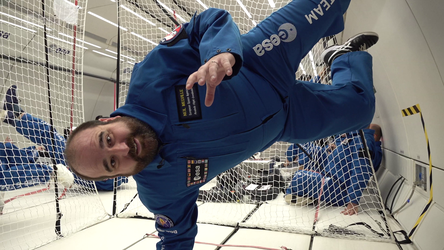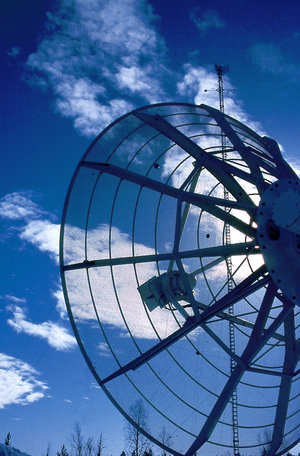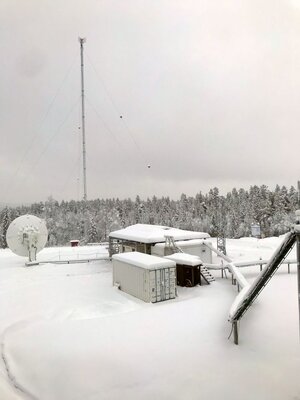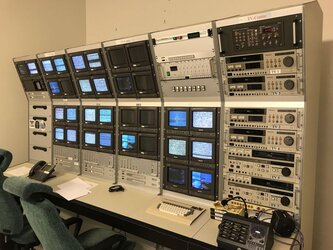Accept all cookies Accept only essential cookies See our Cookie Notice

About ESA
The European Space Agency (ESA) is Europe’s gateway to space. Its mission is to shape the development of Europe’s space capability and ensure that investment in space continues to deliver benefits to the citizens of Europe and the world.
Highlights
ESA - United space in Europe
This is ESA ESA facts Member States & Cooperating States Funding Director General Top management For Member State Delegations European vision European Space Policy ESA & EU Responsibility & Sustainability Annual Report Calendar of meetings Corporate newsEstablishments & sites
ESA Headquarters ESA ESTEC ESA ESOC ESA ESRIN ESA EAC ESA ESAC Europe's Spaceport ESA ESEC ESA ECSAT Brussels Office Washington OfficeWorking with ESA
Business with ESA ESA Commercialisation Gateway Law at ESA Careers Cyber resilience at ESA IT at ESA Newsroom Partnerships Merchandising Licence Education Open Space Innovation Platform Integrity and Reporting Administrative Tribunal Health and SafetyMore about ESA
History ESA Historical Archives Exhibitions Publications Art & Culture ESA Merchandise Kids Diversity ESA Brand Centre ESA ChampionsSpace in Member States
Find out more about space activities in our 23 Member States, and understand how ESA works together with their national agencies, institutions and organisations.
Science & Exploration
Exploring our Solar System and unlocking the secrets of the Universe
Go to topicAstronauts
Missions
Juice Euclid Webb Solar Orbiter BepiColombo Gaia ExoMars Cheops Exoplanet missions More missionsActivities
International Space Station Orion service module Gateway Concordia Caves & Pangaea BenefitsSpace Safety
Protecting life and infrastructure on Earth and in orbit
Go to topicAsteroids
Asteroids and Planetary Defence Asteroid danger explained Flyeye telescope: asteroid detection Hera mission: asteroid deflection Near-Earth Object Coordination CentreSpace junk
About space debris Space debris by the numbers Space Environment Report In space refuelling, refurbishing and removingSafety from space
Clean Space ecodesign Zero Debris Technologies Space for Earth Supporting Sustainable DevelopmentLatest
Applications
Using space to benefit citizens and meet future challenges on Earth
Go to topicObserving the Earth
Observing the Earth Future EO Copernicus Meteorology Space for our climate Satellite missionsCommercialisation
ESA Commercialisation Gateway Open Space Innovation Platform Business Incubation ESA Space SolutionsLatest
Enabling & Support
Making space accessible and developing the technologies for the future
Go to topicBuilding missions
Space Engineering and Technology Test centre Laboratories Concurrent Design Facility Preparing for the future Shaping the Future Discovery and Preparation Advanced Concepts TeamSpace transportation
Space Transportation Ariane Vega Space Rider Future space transportation Boost! Europe's Spaceport Launches from Europe's Spaceport from 2012Latest

Northern lights
Thank you for liking
You have already liked this page, you can only like it once!
ESA organises regular rocket launches together with the Swedish Space Corporation from northern Sweden in Esrange, Kiruna. The 13th Maser campaign saw experiments being carried 270 km up for six minutes of weightlessness.
Experiments in the November flight included looking at how gravity-sensing genes behave in plants, growing metallic crystals and X-raying them as they solidify, and observing chemical reactions with lasers – all in microgravity.
The launch site 145 km north of the Arctic Circle offers amazing views of the Northern lights. Auroras occur when particle radiation from the Sun is channelled by Earth’s magnetic field into the polar regions and hits Earth’s upper atmosphere, making it glow in a greenish-blue light.
ESA payload system engineer Neil Melville took this picture between preparing the experiments and the launch.
Neil explains: “Sounding rockets offer a unique way for researchers around Europe to experiment in weightlessness, complementing ESA’s range of microgravity facilities, from drop towers and aircraft flights to the International Space Station.
“The Esrange facility and surroundings offer many wonderful views. I was taking photos for a timelapse video of the aurora and by complete chance a very bright meteor from the Taurid shower was caught in this frame. It left a very rare ‘persistent train’, meaning that the trail of ionised air was visible for several minutes.”
The tower with red lights on the horizon is part of Esrange’s meteorology station that monitors the weather for launches.
-
CREDIT
N. Melville CC BY-NC-SA 2.0 -
LICENCE
ESA Standard Licence

Esrange launch tower

Zero gravity Science

Esrange tracking antenna

Esrange launch facility















 Germany
Germany
 Austria
Austria
 Belgium
Belgium
 Denmark
Denmark
 Spain
Spain
 Estonia
Estonia
 Finland
Finland
 France
France
 Greece
Greece
 Hungary
Hungary
 Ireland
Ireland
 Italy
Italy
 Luxembourg
Luxembourg
 Norway
Norway
 The Netherlands
The Netherlands
 Poland
Poland
 Portugal
Portugal
 Czechia
Czechia
 Romania
Romania
 United Kingdom
United Kingdom
 Slovenia
Slovenia
 Sweden
Sweden
 Switzerland
Switzerland























